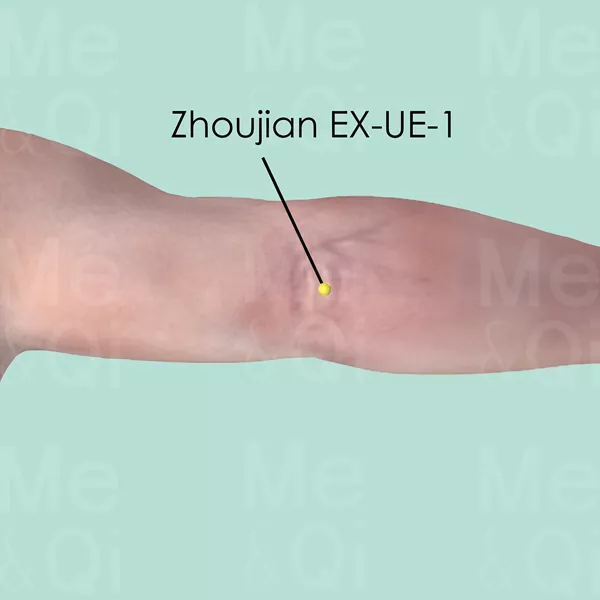Armpit Massesaccording to TCM
Symptom family: Armpit disorders and Symptoms
Did you mean? Armpit Swelling
What is Armpit Masses?
Armpit masses refer to lumps or nodules that form in the axillary region. These masses can vary in size and consistency, and may be accompanied by symptoms such as tenderness, swelling, or changes in the overlying skin. Armpit masses can result from a variety of causes, including infections, cysts, benign tumors, or more serious conditions such as lymphomas or breast cancer. The presence of an armpit mass often necessitates a thorough medical evaluation to determine the underlying cause and appropriate treatment.
How does TCM view Armpit Masses?
Traditional Chinese Medicine (TCM) views armpit masses as a manifestation of internal disharmony and obstruction. Unlike Western medicine, which may focus on identifying the physical or pathological cause of the mass, TCM considers patterns of disharmony such as Phlegm accumulation, Qi Stagnation, and Blood stasis. These patterns can lead to the formation of lumps and nodules as the normal flow of Qi and Blood is disrupted. Identifying the specific pattern of disharmony is essential for effective treatment, as TCM aims to address the root cause of the symptom.
Acupoints for Armpit Masses
In TCM, acupuncture is used to treat armpit masses by stimulating specific acupoints to restore balance and promote the smooth flow of Qi and Blood. One effective acupoint in the Extra Points: Upper Extremities (EX-UE) is Zhoujian EX-UE-1, located on the tip of the olecranon.
This acupoint is known for its ability to transform Phlegm and reduce swelling. By targeting this acupoint, practitioners aim to alleviate the underlying causes of the armpit mass, improve circulation, and restore harmony within the body, providing relief and promoting overall well-being.
See more details below about Zhoujian EX-UE-1, an acupoint used to address armpit masses.
- By Meridian
- Extra Points: Upper Extremities (EX-UE)

